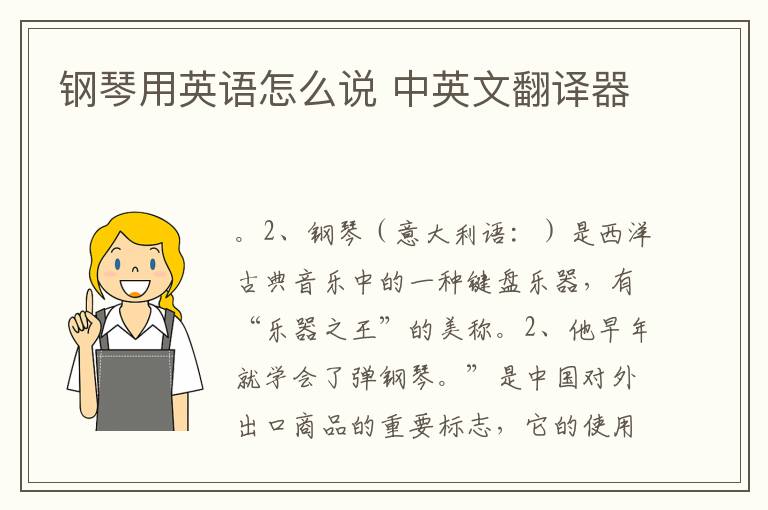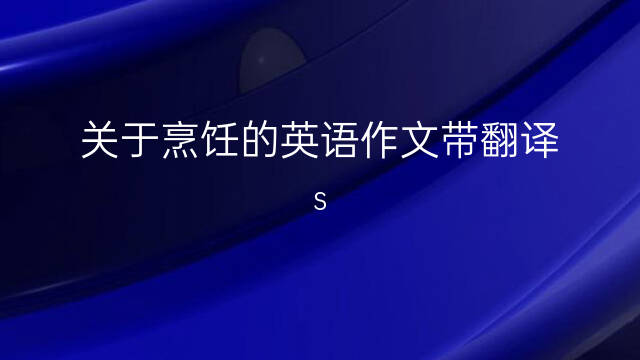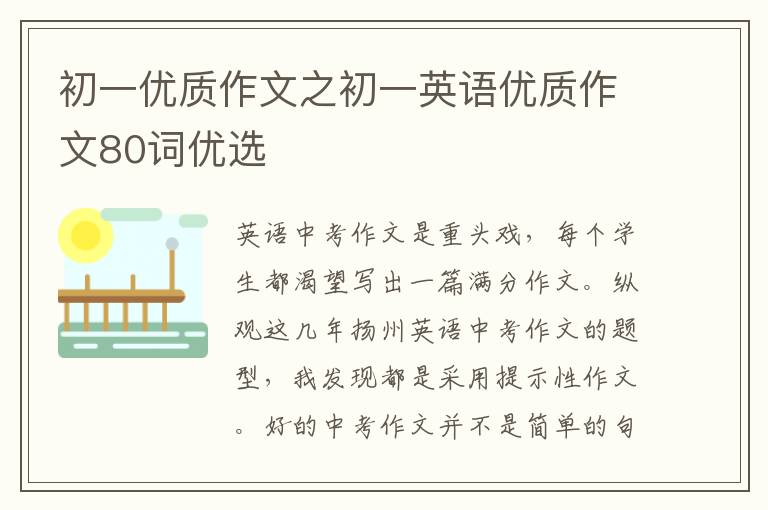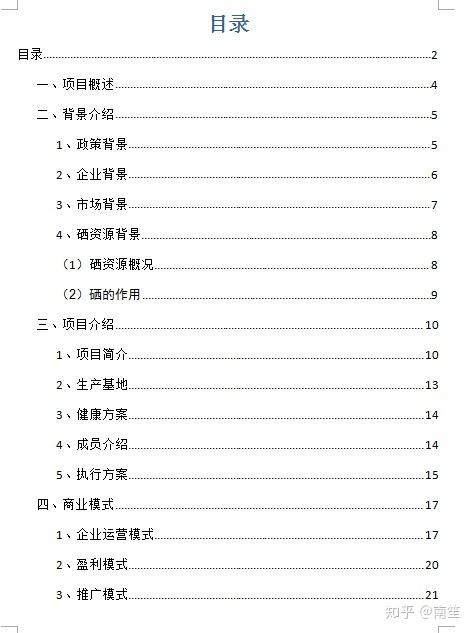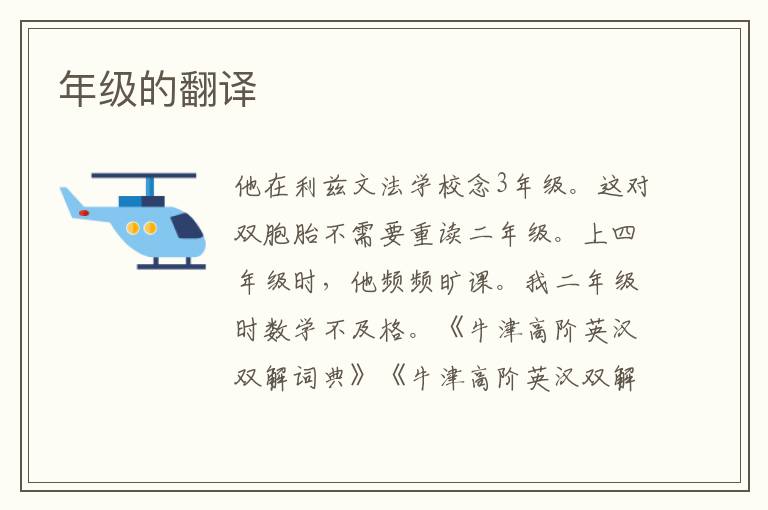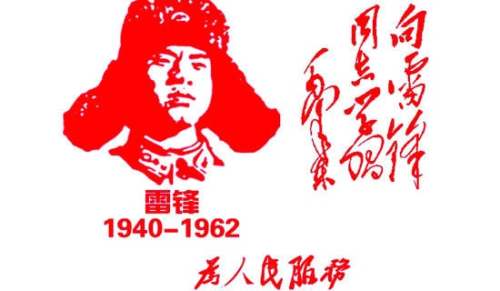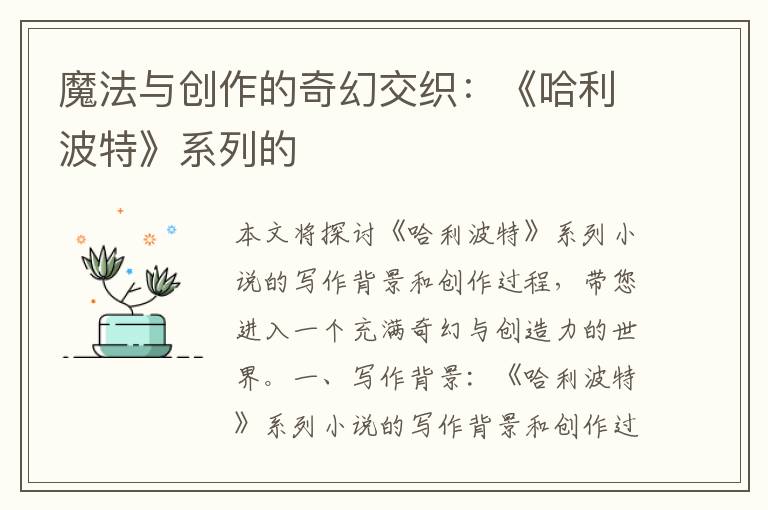BEC:商務信件全攻略之格式問題

第一章 格式問題
Time: 45minutes
PART
Functions/Communicative Task
Input
Response
Register
1
e.g. giving instructions, explaining a development, asking for comments, requesting information, agreeing to requests
Rubric only (plus layout of output text type)
Internal communication (medium may be note or message or memo or e-mail) (40-50 words)
Neutral/informal
2
Correspondence: e.g. explaining, apologizing, reassuring, complaining
Report: describing summarizing
Proposal: describing, summarizing, recommending, persuading
One or more pieces of input from: business correspondence (medium may be letter, fax or e-mail), internal communication (medium may be note, memo or e-mail), notice, advert, graphs, charts, etc. (plus layout if output is fax or e-mail)
Business correspondence ( medium may be letter, fax or e-mail ) or short report or proposal (medium may be memo or e-mail ) (120-140 words)
Neutral/formal
Notes: Note writing is very easy. Just write as you speak to another person face to face. You write a note when you want to speak to the person who is now absent. You write it in a very informal style: the language is simple and easy, and only a few sentences are needed.
Write down the date first (sometimes you can even drop this down when it is not important).
Then spell his or her name, usually the first name, since it is very friendly and intimate.
Next begin the message at another line and finish it to the end.
Finally end the note with your name, also first name.
(For further reference, see Student Book Page 78.)
Messages: (For further reference, see Student Book Page 14.)
E-mails: (For further reference, see Student Book Page 37.)
Memos: A few words should be said about the format of memos. Generally they have all the features of letters in format. But they usually have more formalities and features that will make them easy to be recognized and filed. These features are:
A typed or printed heading
Date
File or reference numbers
Readers full name
Writers full name
Subject line
A distribution list
You may not need to include all of these items in every memo. What features should be included depend on the memo you are writing.
(For further reference, see Student Book Page 109.)
Reports: Directions are available in Student Book. See Page 81-82.
Letters: Directions are available in Student Book. See Page 79-80.
1. 格式問題:
請同學們在BEC的寫作中采用平頭式的寫法。
收信人的姓名和地址置于信紙的左上方
地址、稱呼和結束禮詞后沒有標點符號
日期在右上方
段落從定格開始,段落之間的行距為兩行(但在考試中由于受答題卡限制,請同學們酌情考慮)
寫信人的名字和頭銜在簽名下方
2. 稱呼和結束禮詞的注意事項:
稱呼的寫法遵循下列原則:
Dear Sir or Madam
寫信給某一公司,不確定具體的收信人
Dear Sir
對男士,但是你不知道他的具體姓名
Dear Madam
對女士,但是你不知道他的具體姓名
Dear Mr Smith
對男士
Dear Ms Smith
對已婚或未婚的女士
Dear Mrs Smith
對已婚女士
Dear Miss Smith
對未婚女士
Dear John (此處John 為英語中常用男名)
對朋友或你比較熟悉的人(通常為多年生意伙伴)
稱呼與結束禮詞存在對應的關系,請同學們特別注意:
Dear Sir or Madam
Yours faithfully
Dear Mr/Ms/Mrs/Miss Smith
Yours sincerely
Dear John
Best wishes
以下均為錯誤用法:
Dear Mr John
Dear Mr John Smith
3. 日期:
在英國英語中,天在前,但是在美國英語中,月份在前。所以某些特別的時期容易引起誤解。例如:12 06 2003
在英國指的是:6月21日
在美國指的是:12月6日
因此日期要寫成:12 June 2003
第一章 格式問題
Time: 45minutes
PART
Functions/Communicative Task
Input
Response
Register
1
e.g. giving instructions, explaining a development, asking for comments, requesting information, agreeing to requests
Rubric only (plus layout of output text type)
Internal communication (medium may be note or message or memo or e-mail) (40-50 words)
Neutral/informal
2
Correspondence: e.g. explaining, apologizing, reassuring, complaining
Report: describing summarizing
Proposal: describing, summarizing, recommending, persuading
One or more pieces of input from: business correspondence (medium may be letter, fax or e-mail), internal communication (medium may be note, memo or e-mail), notice, advert, graphs, charts, etc. (plus layout if output is fax or e-mail)
Business correspondence ( medium may be letter, fax or e-mail ) or short report or proposal (medium may be memo or e-mail ) (120-140 words)
Neutral/formal
Notes: Note writing is very easy. Just write as you speak to another person face to face. You write a note when you want to speak to the person who is now absent. You write it in a very informal style: the language is simple and easy, and only a few sentences are needed.
Write down the date first (sometimes you can even drop this down when it is not important).
Then spell his or her name, usually the first name, since it is very friendly and intimate.
Next begin the message at another line and finish it to the end.
Finally end the note with your name, also first name.
(For further reference, see Student Book Page 78.)
Messages: (For further reference, see Student Book Page 14.)
E-mails: (For further reference, see Student Book Page 37.)
Memos: A few words should be said about the format of memos. Generally they have all the features of letters in format. But they usually have more formalities and features that will make them easy to be recognized and filed. These features are:
A typed or printed heading
Date
File or reference numbers
Readers full name
Writers full name
Subject line
A distribution list
You may not need to include all of these items in every memo. What features should be included depend on the memo you are writing.
(For further reference, see Student Book Page 109.)
Reports: Directions are available in Student Book. See Page 81-82.
Letters: Directions are available in Student Book. See Page 79-80.
1. 格式問題:
請同學們在BEC的寫作中采用平頭式的寫法。
收信人的姓名和地址置于信紙的左上方
地址、稱呼和結束禮詞后沒有標點符號
日期在右上方
段落從定格開始,段落之間的行距為兩行(但在考試中由于受答題卡限制,請同學們酌情考慮)
寫信人的名字和頭銜在簽名下方
2. 稱呼和結束禮詞的注意事項:
稱呼的寫法遵循下列原則:
Dear Sir or Madam
寫信給某一公司,不確定具體的收信人
Dear Sir
對男士,但是你不知道他的具體姓名
Dear Madam
對女士,但是你不知道他的具體姓名
Dear Mr Smith
對男士
Dear Ms Smith
對已婚或未婚的女士
Dear Mrs Smith
對已婚女士
Dear Miss Smith
對未婚女士
Dear John (此處John 為英語中常用男名)
對朋友或你比較熟悉的人(通常為多年生意伙伴)
稱呼與結束禮詞存在對應的關系,請同學們特別注意:
Dear Sir or Madam
Yours faithfully
Dear Mr/Ms/Mrs/Miss Smith
Yours sincerely
Dear John
Best wishes
以下均為錯誤用法:
Dear Mr John
Dear Mr John Smith
3. 日期:
在英國英語中,天在前,但是在美國英語中,月份在前。所以某些特別的時期容易引起誤解。例如:12 06 2003
在英國指的是:6月21日
在美國指的是:12月6日
因此日期要寫成:12 June 2003

